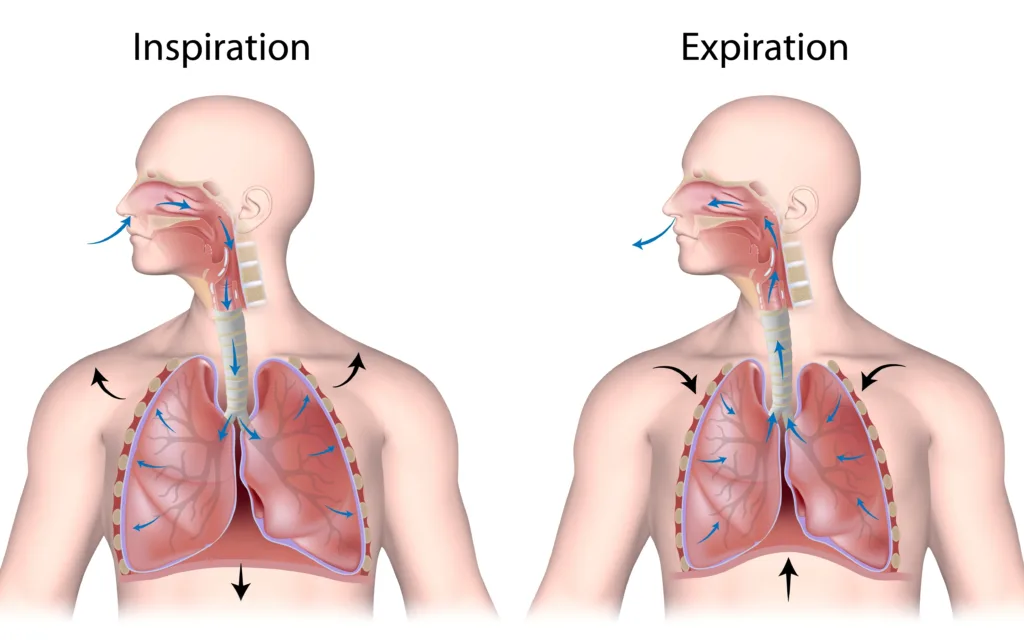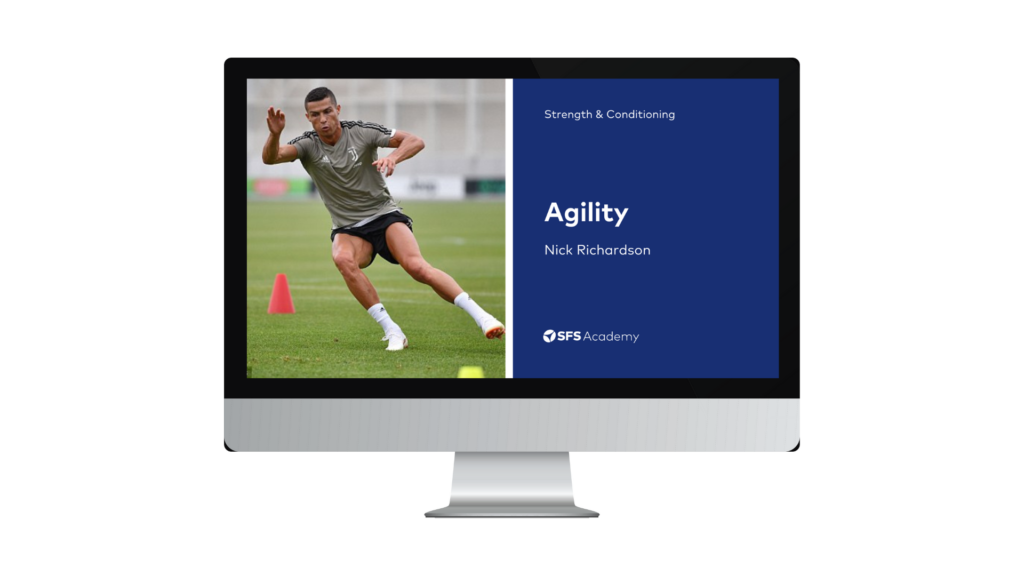In episode 135, Rachel Vickery, Human Behaviour and High-Performance Consultant, joins us.
Specifically Rachel will be looking at:
- What good and bad breathing looks like
- How to breathe well
- How to breathing transfers to sport performance
Breathing is easy, right? In, out, in, out, and repeat for as long as possible. Well, when it comes to optimising your performance, it might be a little trickier than that.
It turns out that breathing is super complex and has massive knock-on effects for a range of other key physiological functions, which are essential when it comes to performing at your highest level.
That’s why we asked Rachel Vickery, Physiotherapist turned consultant to join us on the Science for Sport Podcast.
Vickery started her breathing journey with a fifty thousand word thesis on the topic and went on to apply her knowledge as a physio at the top level of sport, including with the New Zealand Olympic Team.

It’s exactly that applied knowledge we wanted to steal during the podcast. But before getting on to the magic of improving breathing, it’s important to recognise the importance of breathing as a whole.
“Breathing can affect biomechanics and particularly upper limb biomechanics. So if someone’s not breathing well, they’re going to use all of their upper limb musculature in a slightly different way. That’s going to impact things like technique, accuracy, and the ability of your upper limbs to generate power,” Vickery said.
But how do you know whether you’re at risk of these issues?
“If you’ve got dysfunctional breathing or less efficient breathing, it doesn’t only show up as breathing problems. It can show up as a whole lot of other performance issues, Vickery said.
Bad news, as your horrible performance might be masking some breathing-related problems. Obviously, it would be good to nail down whether breathing is indeed the issue, or whether you’re just not that good at your sport.
Fortunately, Vickery is on hand to describe what she thinks good breathing looks like. At rest, she describes it as the following:
“Our mouth should be closed and we should be breathing in and out through our nose, our belly should just be gently going in and out as the diaphragm goes up and down and pushes the abdominal contents just gently out of the way,” Vickery said.

So that’s a good start, if you’re panting with your mouth open using short sharp breaths, you might want to have a quiet word with yourself and read on.
“The out-breath should be a little bit longer than the in-breath. There should be a little pause after the out-breath, and there should be no movement through the upper chest shoulders at all at rest,” Vickey said.
So there you have the perfect breath at rest. Now, I know while reading this you’ll have adjusted your breathing to roughly speaking, exactly what is written above, but maintaining this is an issue.
“The challenge with breathing is it’s one of those things that we’ve actually got conscious control over, but most of the time it runs subconsciously,” Vickery said.
This means that when you’re performing your sport, you don’t have the conscious energy to regulate each breath. Especially in dynamic team sport environments.
Vickery takes plenty of time during the podcast to discuss exactly what you can do about improving your breathing during performance, but suffice to say that the basics lie with breathing well at rest.
Before you leave to listen to the full podcast, however, I want to share with you her ‘get out of jail free card’ which athletes can play when they’re under high pressure, like taking a penalty at the world cup final.
“The best thing you can do at that moment is a relatively big in-breath. But the focus has to be on the out-breath, just really slowing it down because your heart rate actually beats slightly slower with the exhale,” Vickery said.
Alongside this, there are two extra options that the New Zealander suggests which are less related to breathing.
“Lift your eyes and actually look at something that’s either on the horizon and be aware of your peripheral vision. Do something to just open your vision up a little bit because that’s going to cue into neurophysiology,” Vickery said.
And lastly, it appears that just thinking positively could also have an impact.
“Have a gratitude thought that you’ve actually prepared or a very positive action thought that you’ve already pre-prepared that is going to lead you in the direction of the action that you actually want to execute, Vickery said.
So there you have it, how breathing could be destroying your performance and what to do about it, plus some bonus advice for very high-pressure situations.
If you want to hear more about exactly how to improve breathing during your performance, hit the link below to listen to the full podcast!




